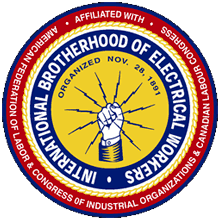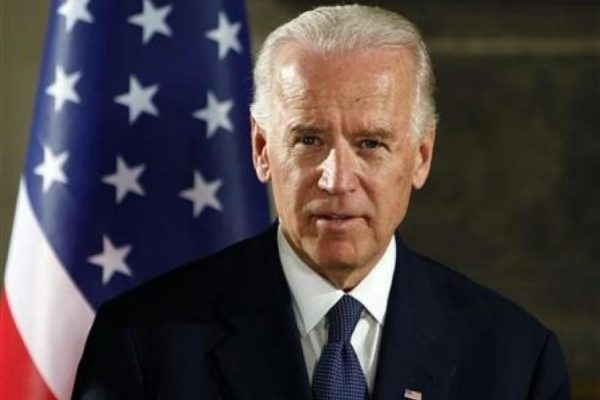August 21, 2013
By Steven Wishnia
Local 1 of the International Alliance of Theatrical Stage Employees calls itself the union’s “mother local.” Founded in 1886, it’s “the oldest entertainment union in the United States of America,” says President James Claffey. Back then, stagehands’ main competition was amateurs willing to handle the scenery just to get in free.
The union won its first strike, in 1888, after a star actor playing Hamlet got bonked by a falling flat in the middle of his “to be or not to be” soliloquy. He refused to go back on without a professional stage crew.
Today, the local’s 3,250 members install sets and rigging and run lighting, sound, and special effects at all live theatre, arena events, and TV shows in Manhattan, the Bronx, Staten Island, and Westchester and Putnam counties—on Broadway and at Madison Square Garden, the Apollo Theater, and Carnegie Hall. (IATSE’s Local 4 has Brooklyn and Queens, including the new Barclay Center arena.) They also work in the shops that build scenery for Broadway and TV shows.
“Most folks don’t know that Broadway is just a small percentage of our jurisdiction,” says Claffey. The union’s biggest employer—both in the city and nationally—is the Metropolitan Opera and Lincoln Center, with 400 stagehands. This summer’s Jay-Z/Justin Timberlake show at Yankee Stadium and the Electric Zoo electronic-music festival on Randalls Island hired 150 members each.
The union also runs classes on how to work sound and lighting control boards and automated “robotic lighting.” “We train all our members to make sure that we’re up to speed on the latest technology,” says Claffey. Other classes cover more traditional skills like rigging, climbing, and protecting yourself against falling.
Local 1’s biggest challenges, he says, are trying to maintain its members’ health care—it provides health insurance through a Taft-Hartley multiemployer plan—and “enforcing our jurisdiction, chasing all those shows.” Since 2000, the union has organized venues including the Lehman College Center for the Performing Arts, the Joyce Theater in Chelsea, and the SummerStage concerts in Central Park.
All these employers, Claffey says, mean the union has to negotiate 65 separate contracts and 400 vendor agreements, “about a dozen ongoing negotiations at a time.” This year’s talks with Broadway theaters, he adds, went much more smoothly than they did in 2007, when a proposed 38 percent cut in pay and benefits provoked a successful 19-day strike.



